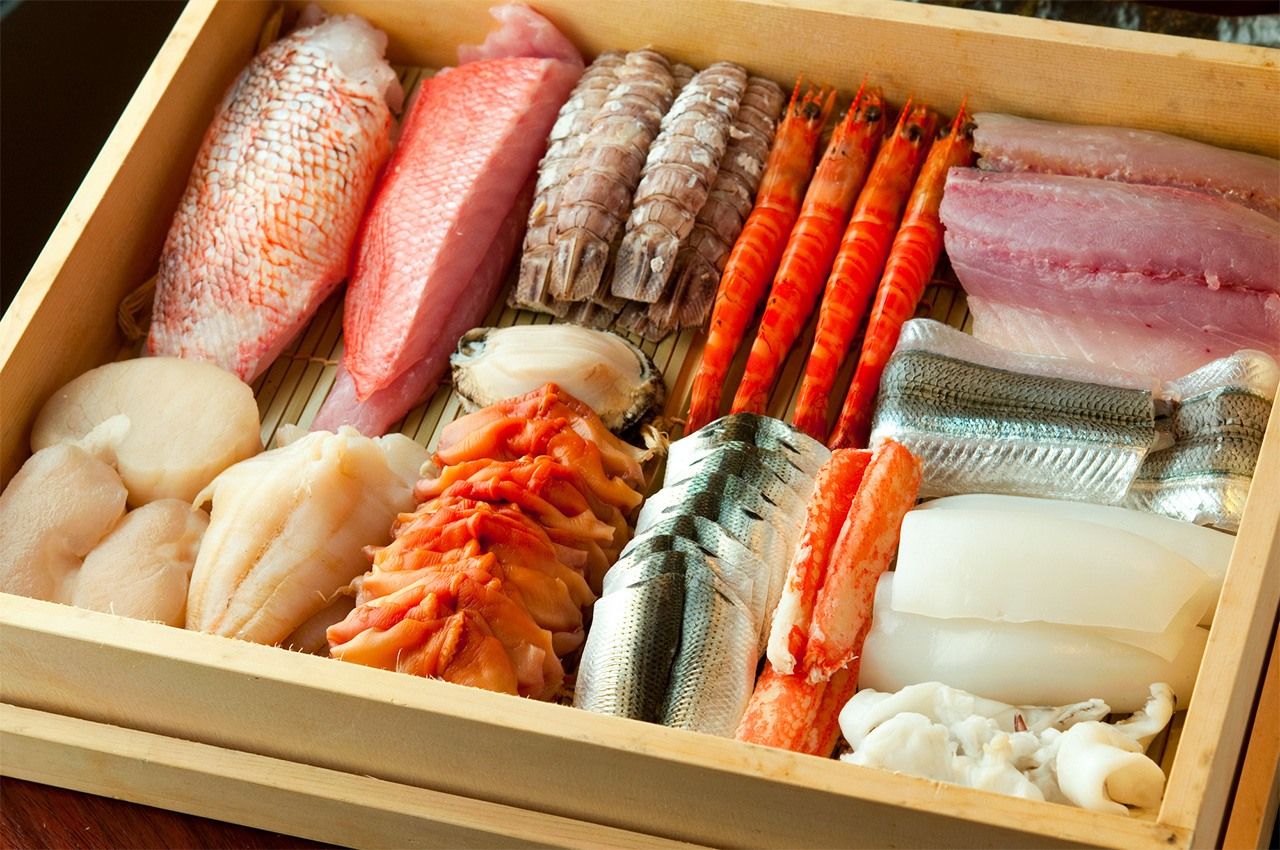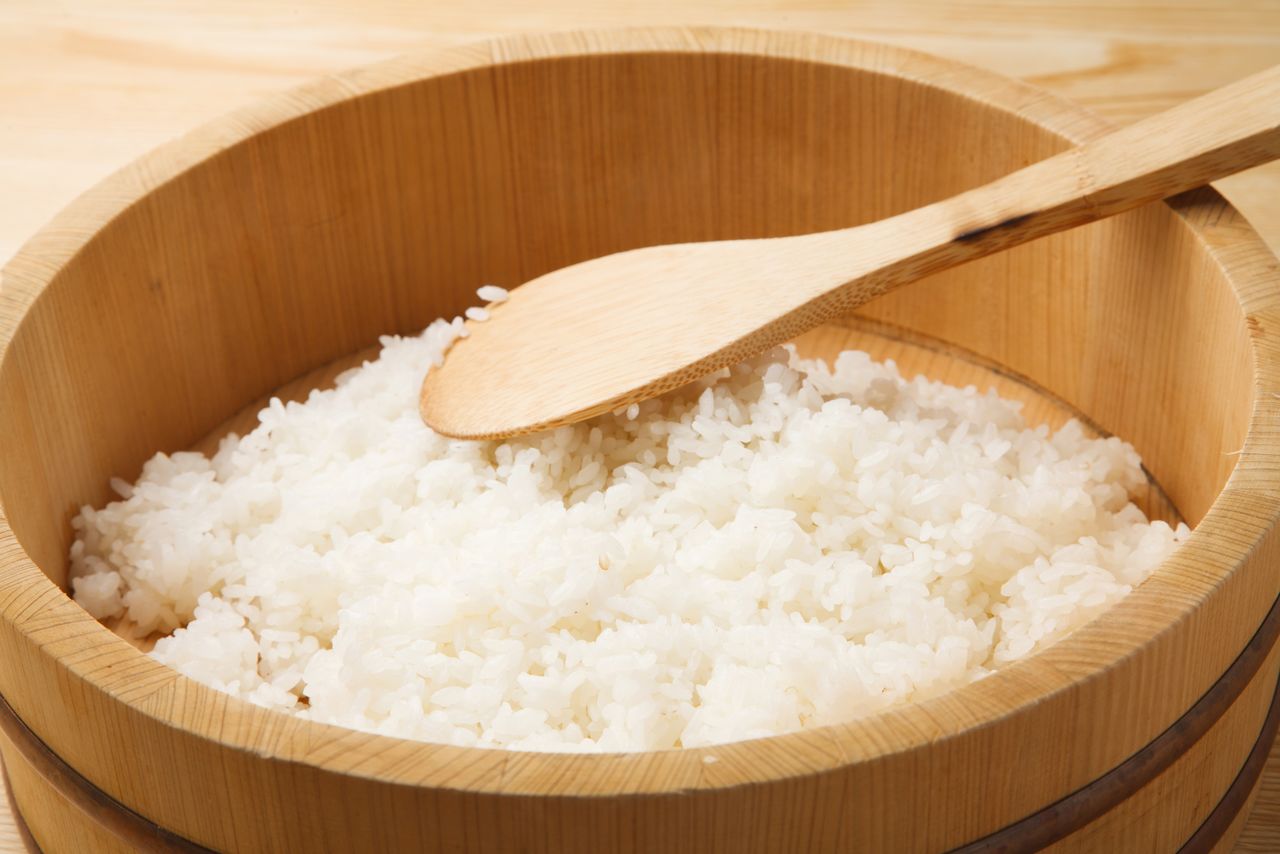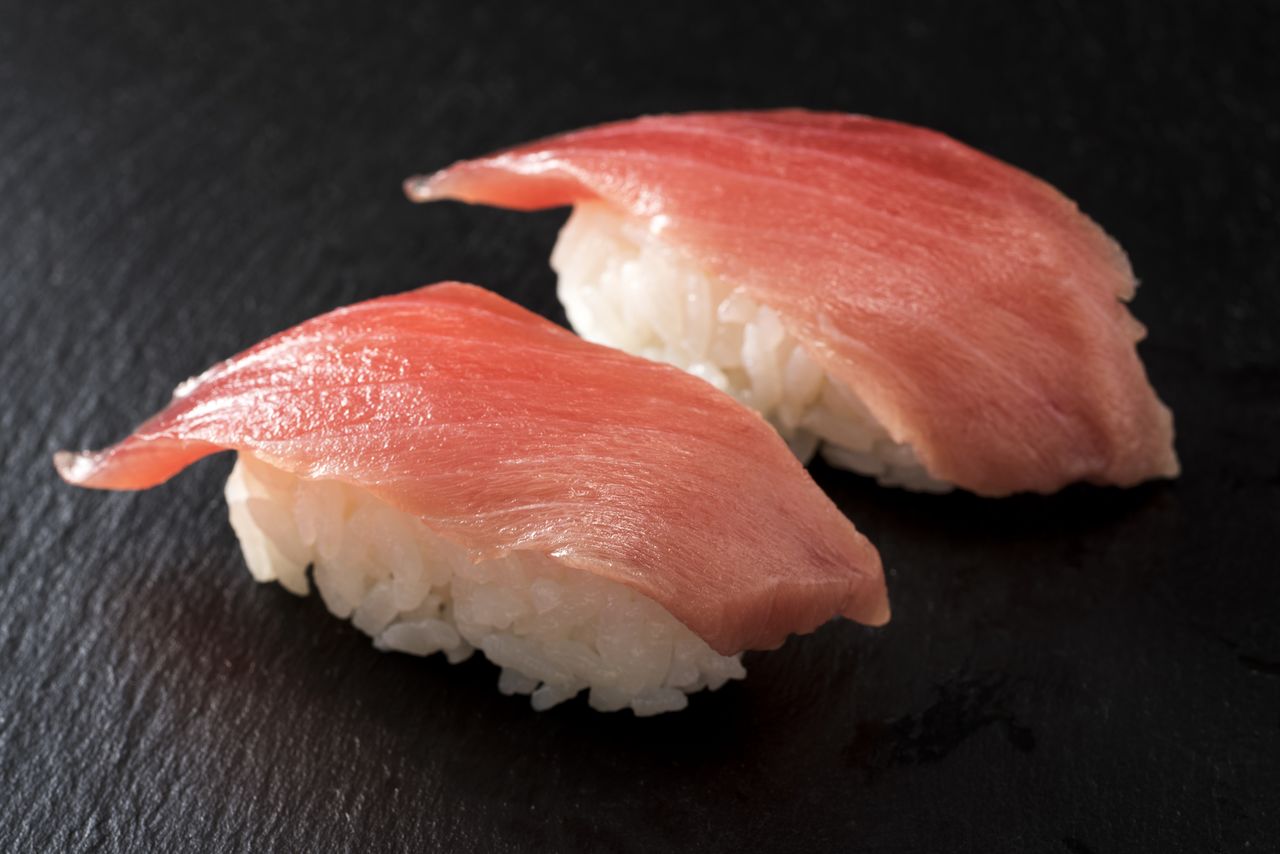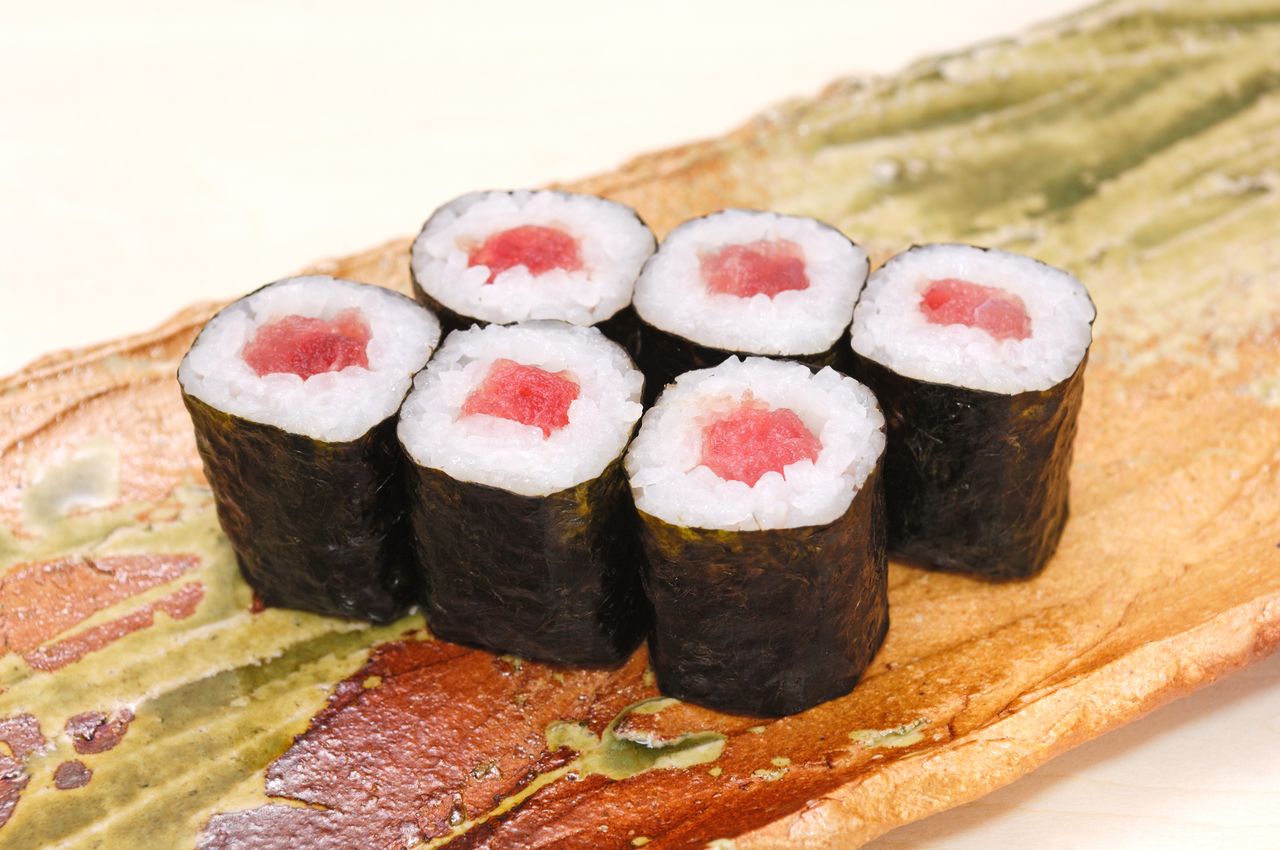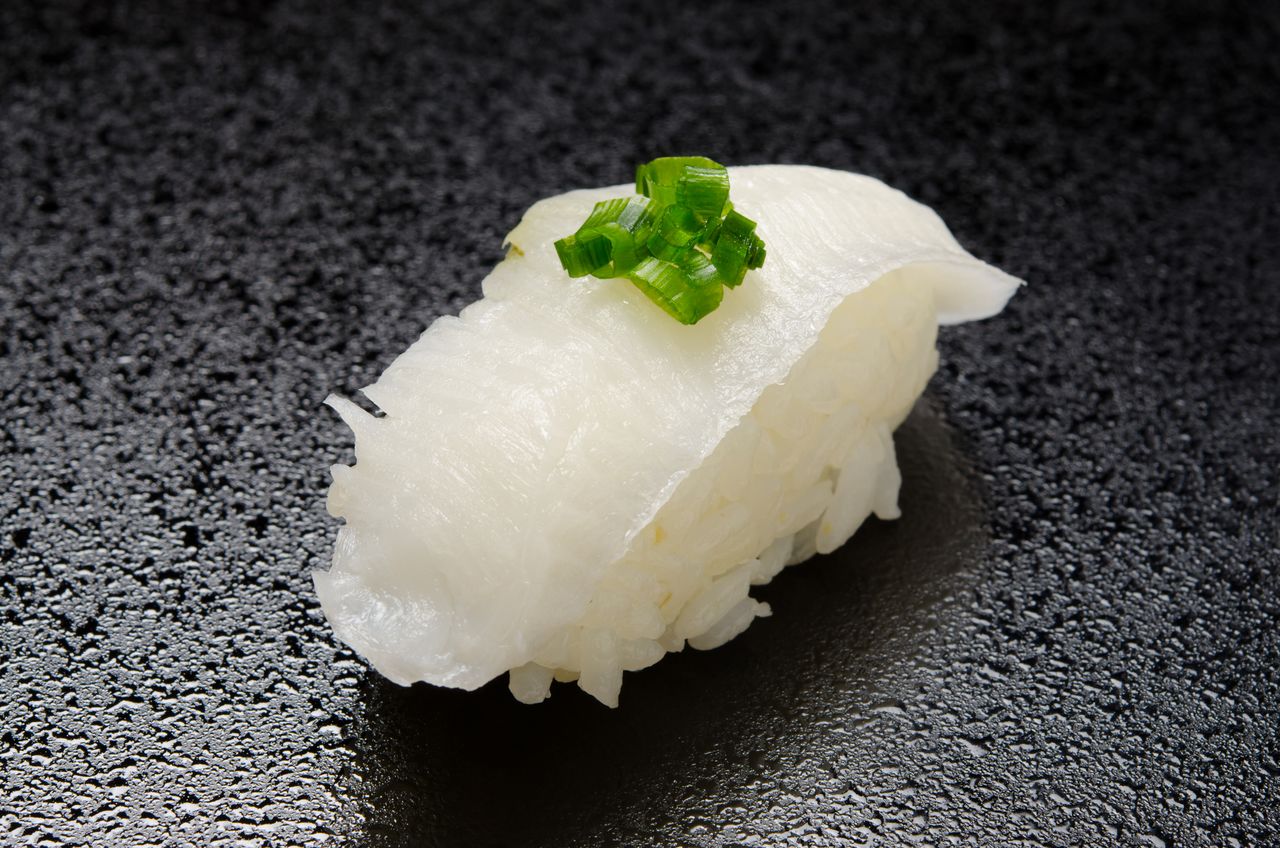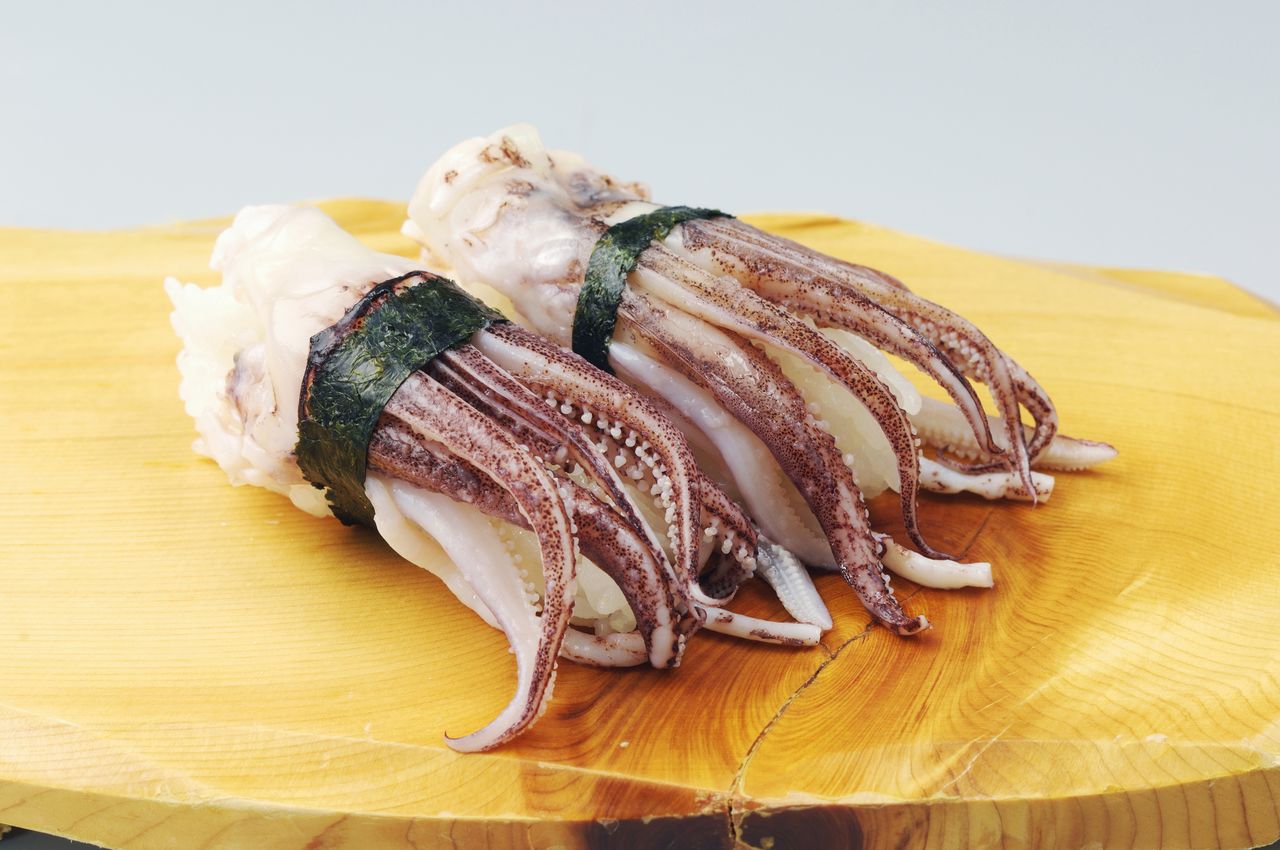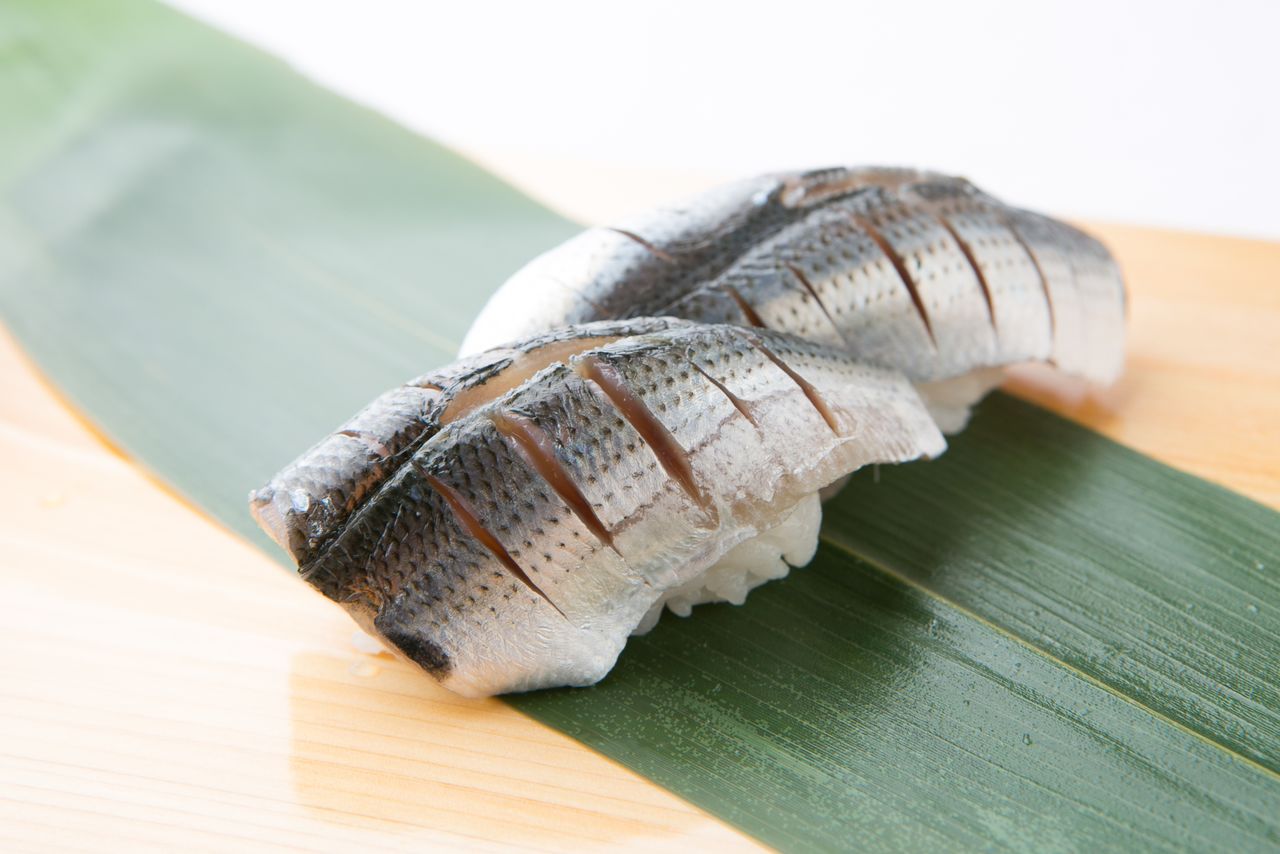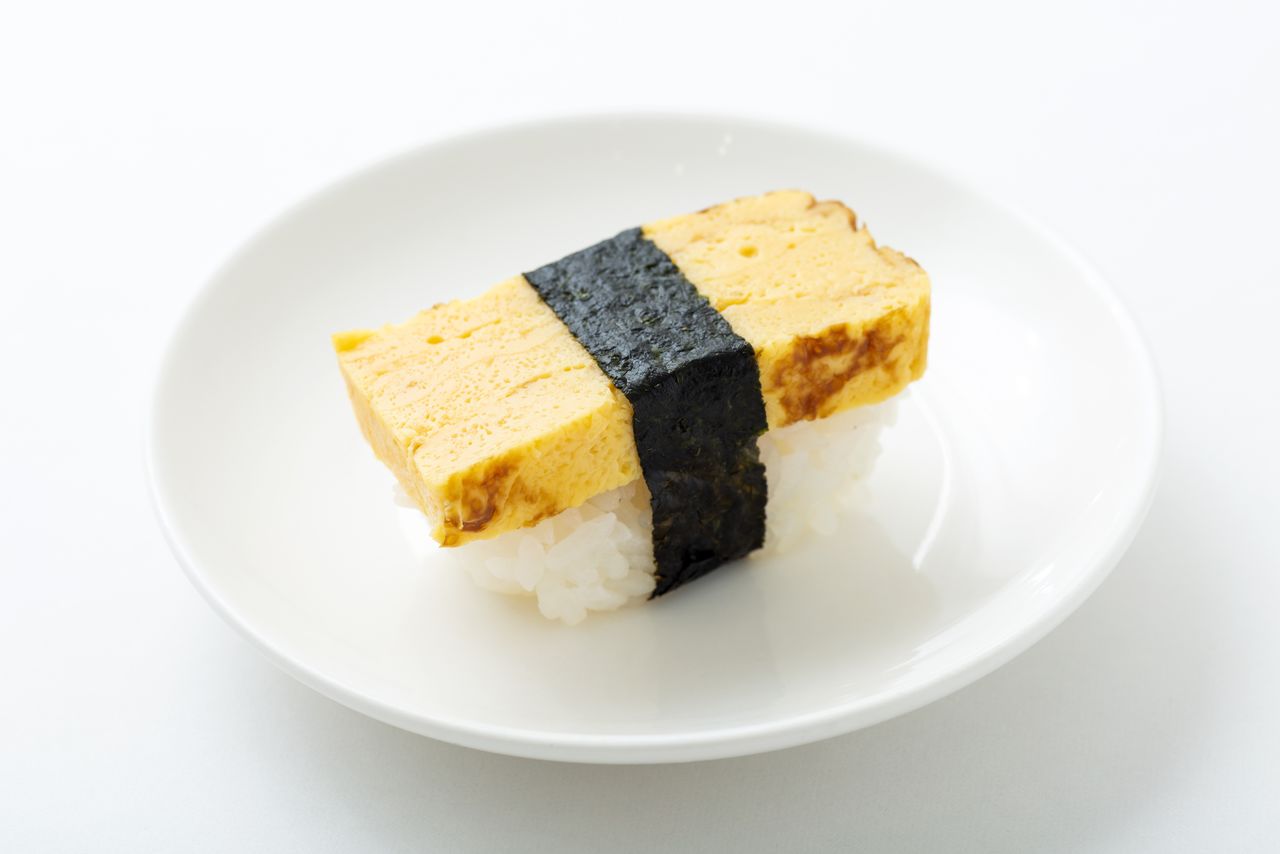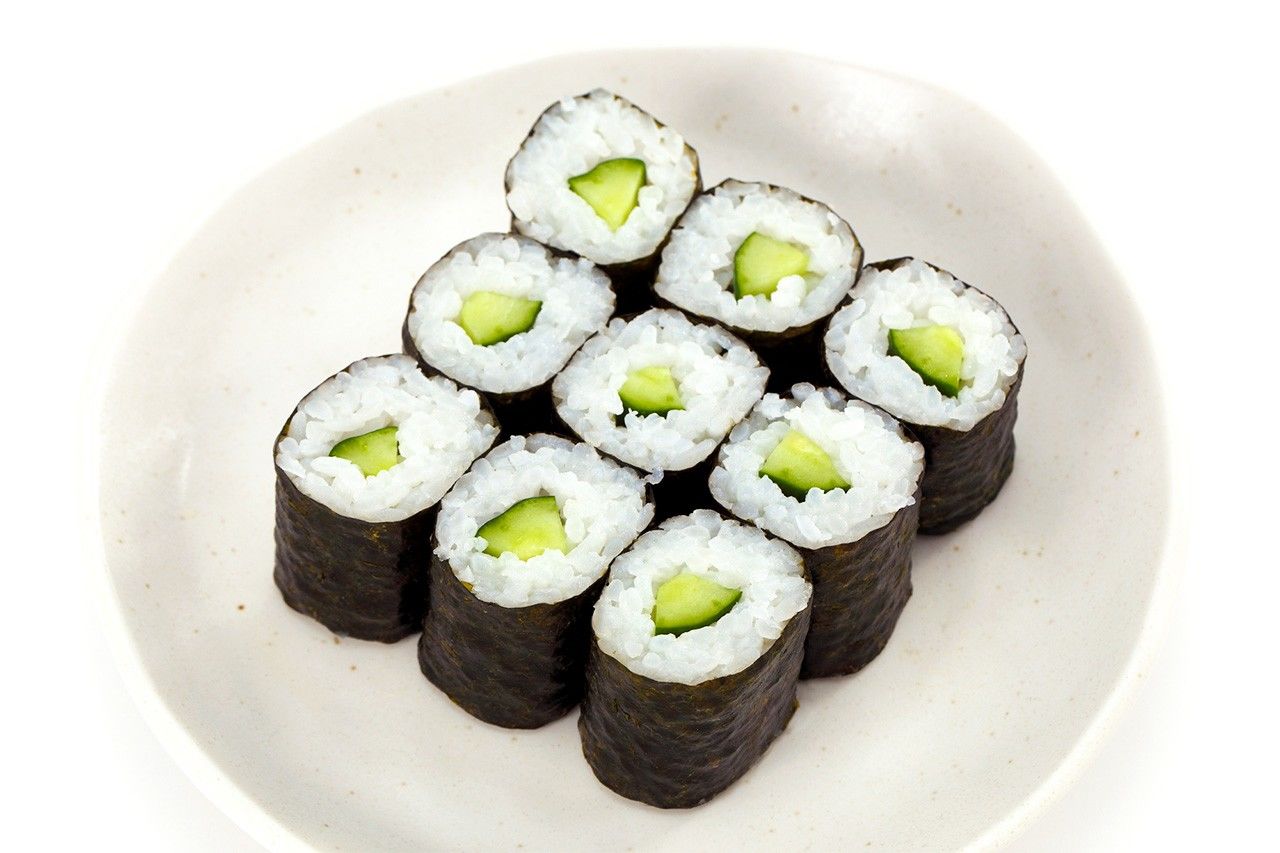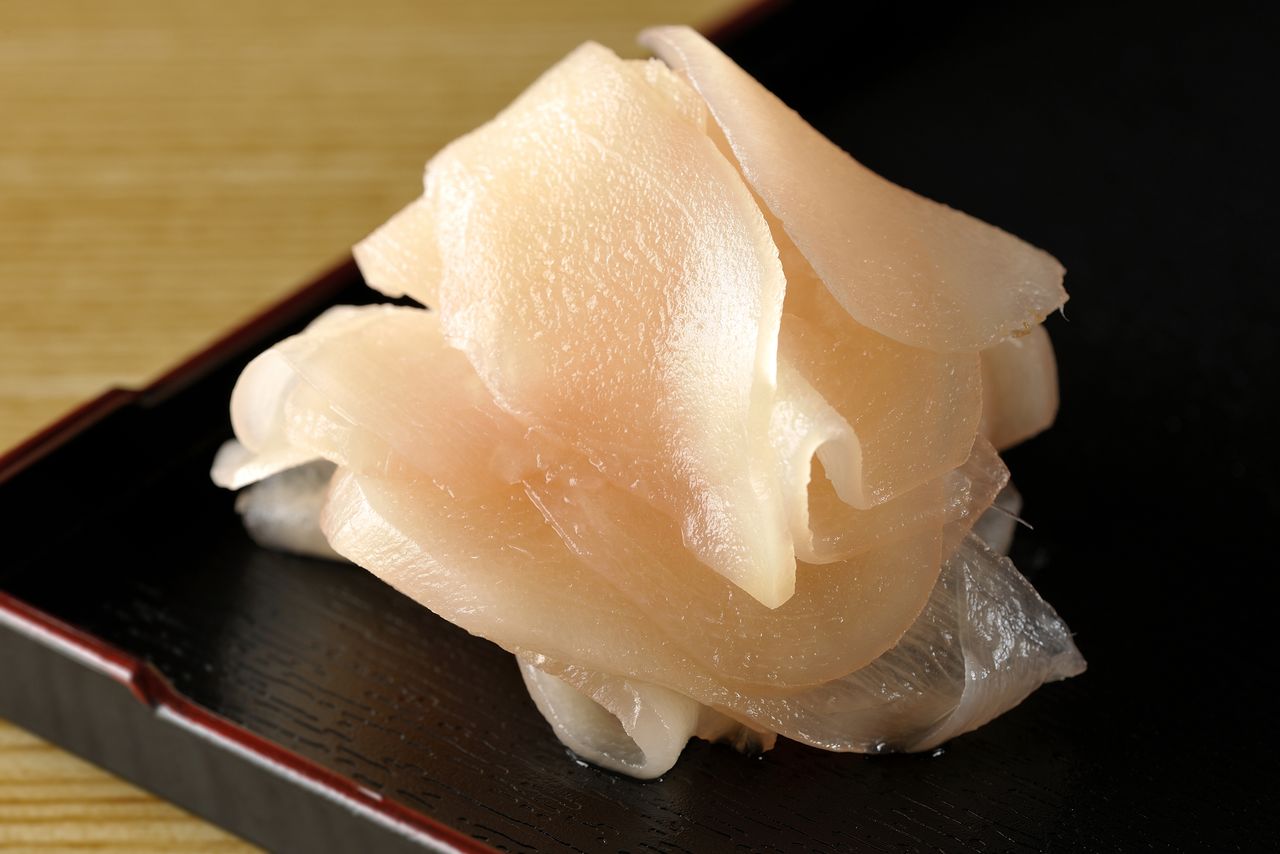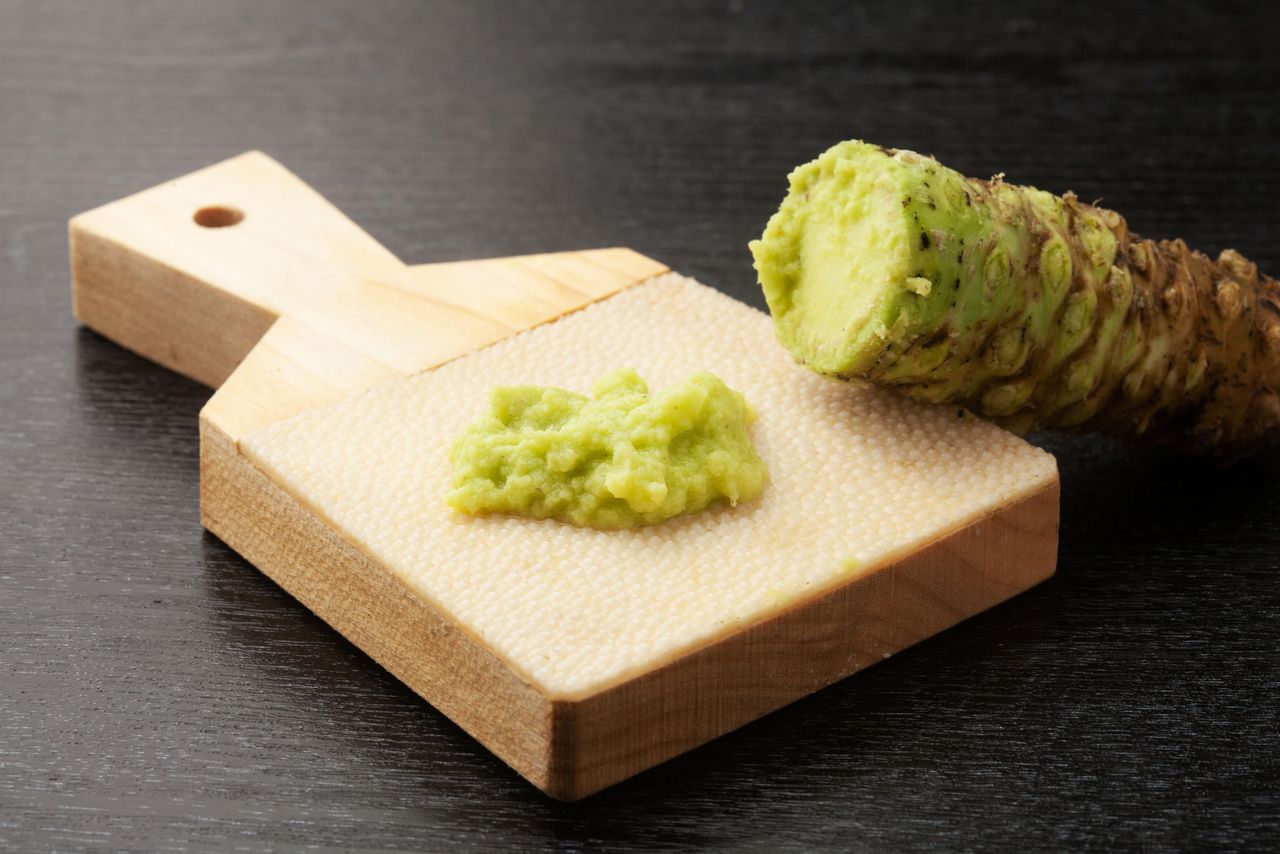
A Sushi Glossary
Food and Drink Guide to Japan Culture- English
- 日本語
- 简体字
- 繁體字
- Français
- Español
- العربية
- Русский
Our glossary begins with a look at some words connected with the main parts of sushi and how to count the pieces.
Neta (Tane)
The toppings for sushi rice are commonly known as neta. The word comes from reversing the syllables in tane, literally “seed,” which can also be used for the toppings, or central ingredients that make a sushi morsel. Originally neta was a kind of code word for tane, but then it caught on with the general population.
Shari
Vinegared sushi rice is known as shari. This originally comes from a Buddhist term referring to the fragments of bones left after the cremation of Buddha, which are said to resemble grains of rice. The term ginshari (literally “silver sushi rice”) means white rice.
Kan
This is a word used to count pieces of sushi. However, depending on the region and the restaurant, ikkan (one piece) can mean either one piece of sushi or one dish with two pieces of sushi.
Next, here are some of the neta found in sushi restaurants.
Toro
This is the belly part of the tuna. Its name comes from the word torotto, describing a sticky consistency, because it has a soft, fatty texture that seems to melt in the mouth.
Tekka
This is another name for akami, the red flesh of lean tuna. The word tekka (鉄火) lines up the characters for iron and fire, creating an image of red-hot metal. Tekkamaki is a type of sushi roll that is filled with akami lean tuna. There is also tekkadon, which is sliced tuna served on top of sushi rice in a donburi rice bowl.
Zuke
This comes from the verb tsukeru, meaning to marinate or pickle. Fish such as tuna and bonito are marinated in a combination of soy sauce, sake, and mirin. So, for example, akamizuke is marinated lean tuna.
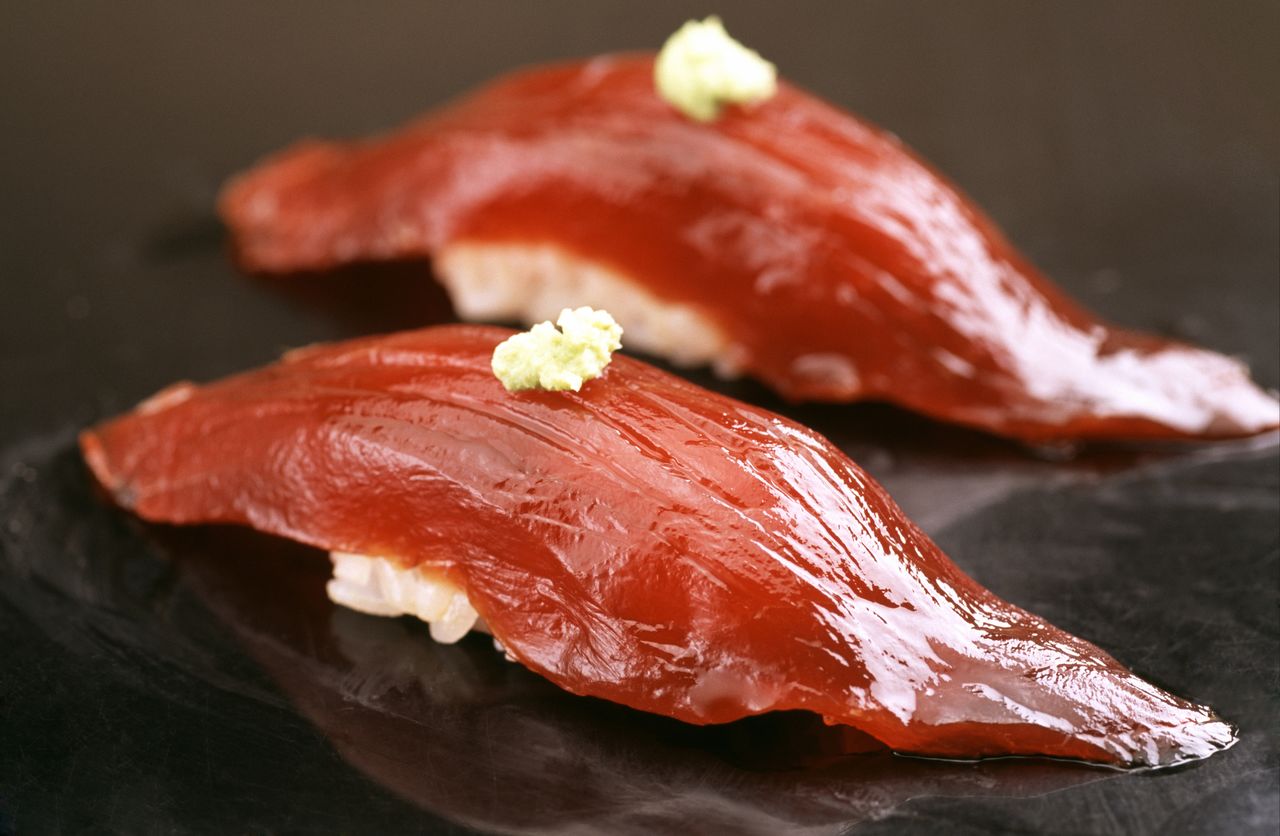
Akamizuke marinated lean tuna.
Gunkanmaki
This is a type of sushi roll where nori (dried seaweed) is wrapped around vinegared rice and then topped with various neta (toppings) that would lose their shape if placed on rice alone, such as ikura (salmon roe), uni (sea urchin), and kobashira (surf clam adductor muscle). It takes its name from its resemblance to a gunkan (battleship).
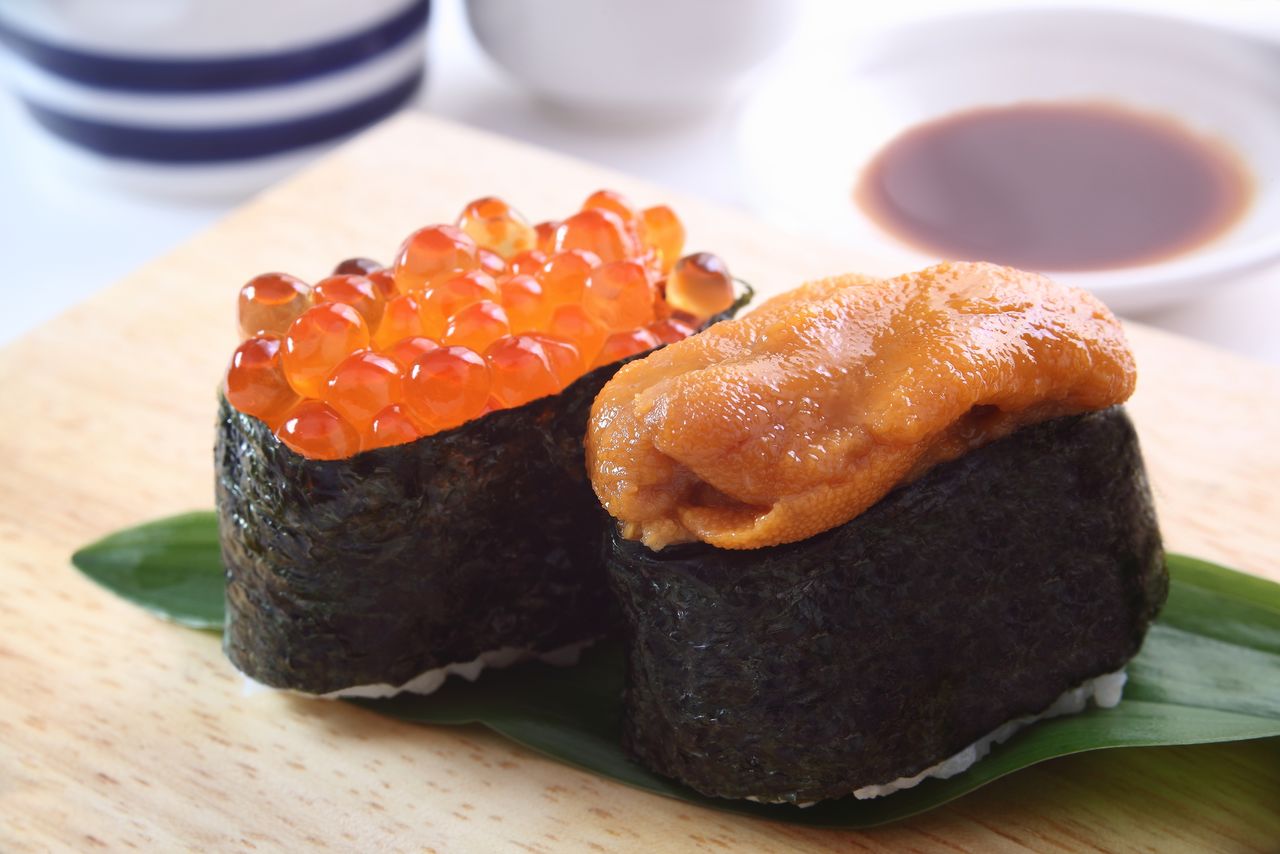
Gunkanmaki topped with ikura (salmon roe) on the left and uni (sea urchin) on the right.
Engawa
This is the muscle at the base of the fins on flounder and flatfish. Its naming comes from the fact the sinewy lines in the fin resemble engawa, the verandas that run around the outside of Japanese houses.
Geso
This is a word for squid’s tentacles with quite complex origins, according to one theory. At entertainment halls and theaters, there used to be attendants who collected people’s footwear (gesoku) when they entered, and handed them tags so they could collect them later. As the attendants carried these tags collected together on string in groups of ten, the word geso came to be applied to squid’s tentacles (as they have ten), but not to those of octopuses, which have only eight.
Hikarimono
Literally meaning “shining things,” hikarimono refers to fish with blue backs and shiny silver bellies. This includes aji (mackerel), iwashi (sardine), kisu (sillago), kohada (gizzard shad), saba (horse mackerel), sayori (Japanese halfbeak), and sanma (Pacific saury).
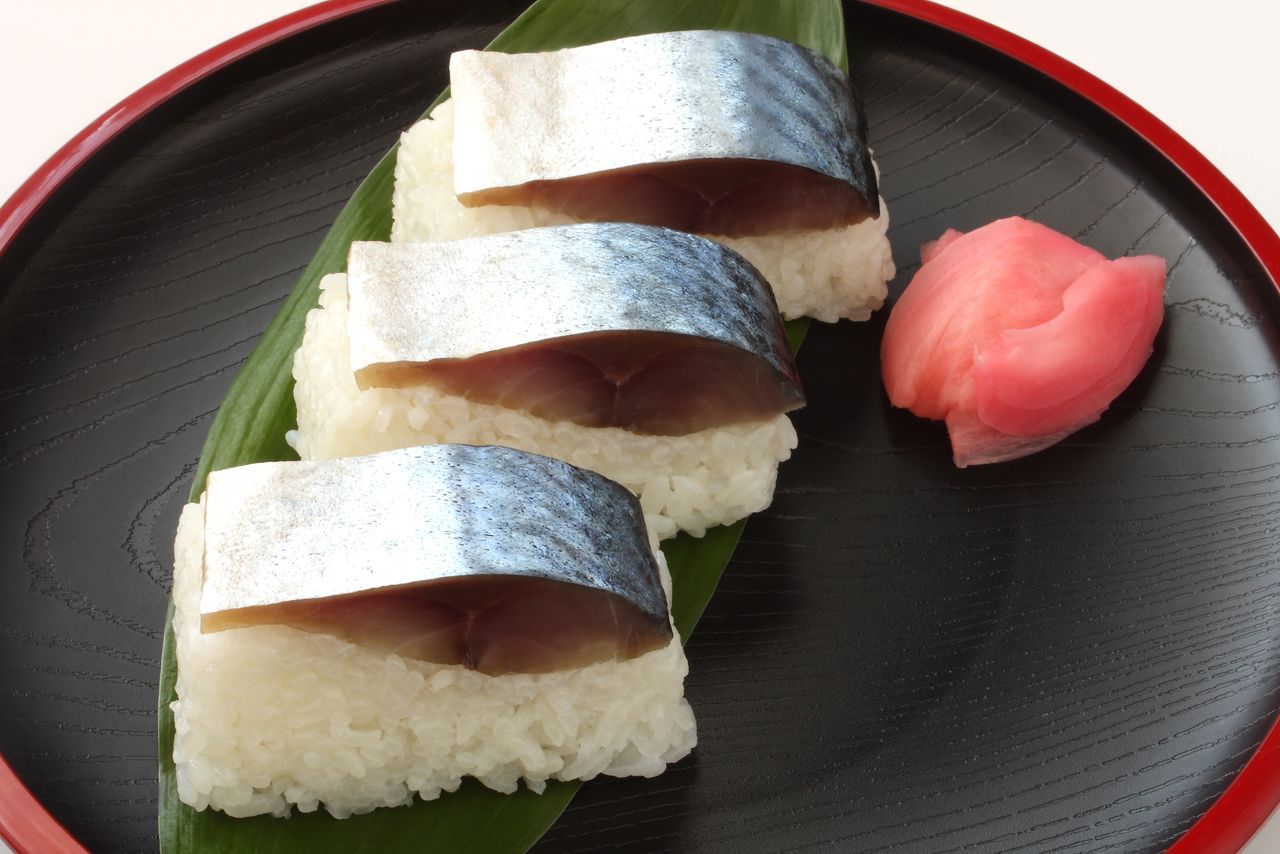
Saba oshizushi (pressed sushi) made from layers of marinated horse mackerel and sushi rice.
Shinko
This is the name for kohada (gizzard shad) when it is still juvenile. As it grows larger, it becomes known as konoshiro and then is called kohada when fully grown.
Gyoku
The character 玉 can be read tama or, in this case, gyoku, and means tamago (egg) as this topping is made using tamagoyaki rolled omelet.
Kappa
Cucumber is known as kappa, named after the Japanese yōkai of the same name, which are said to love cucumbers. The cross-section of a cucumber also looks like the circular dish on the top of the kappa’s head. Kappamaki is a thin sushi roll filled with cucumber.
Next are some words connected with serving sushi.
Geta
A wooden board used for serving sushi that looks like the traditional footwear geta, or wooden clog.
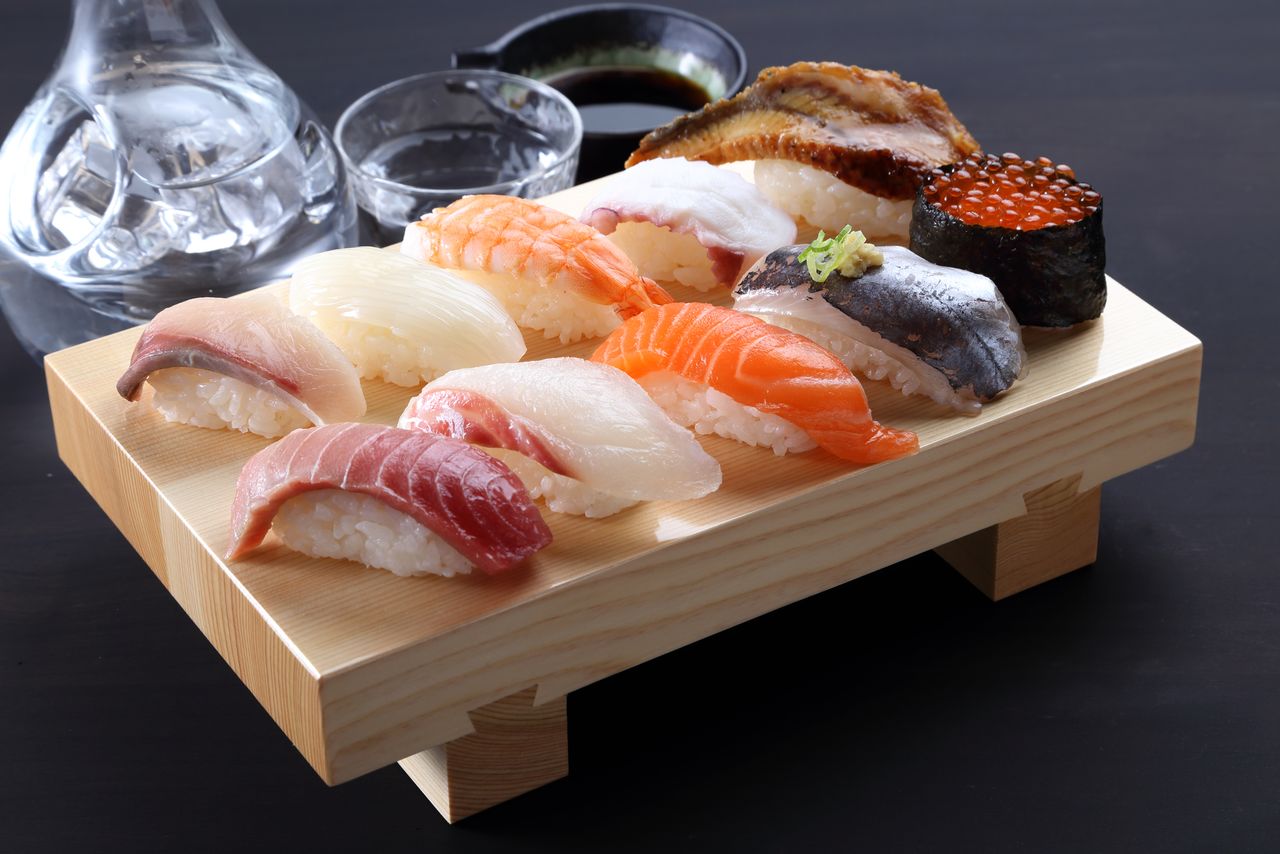
A geta board laden with sushi.
Gari
Often found accompanying sushi, this is thinly sliced young ginger that has been pickled in sweet vinegar. Its name comes from garigari, the crunchy sound it makes when eaten. Gari is said to be a palate cleanser and is thought to help kill bacteria that may be found in raw fish.
Namida
The name for wasabi comes from the Japanese for “tears.” If there is too much namida on the sushi or it is too powerful, it will leave the customers crying.
Murasaki
This word literally means “purple,” but is used for soy sauce. As soy sauce is reddish-brown, some suggest the usage is related to different past meanings for color words.
Otesho
This is the small dish used to hold soy sauce. The kanji in otesho (お手塩) mean “hand” and “salt,” in reference to the small dish of salt that was placed close to hand on the table when dining.
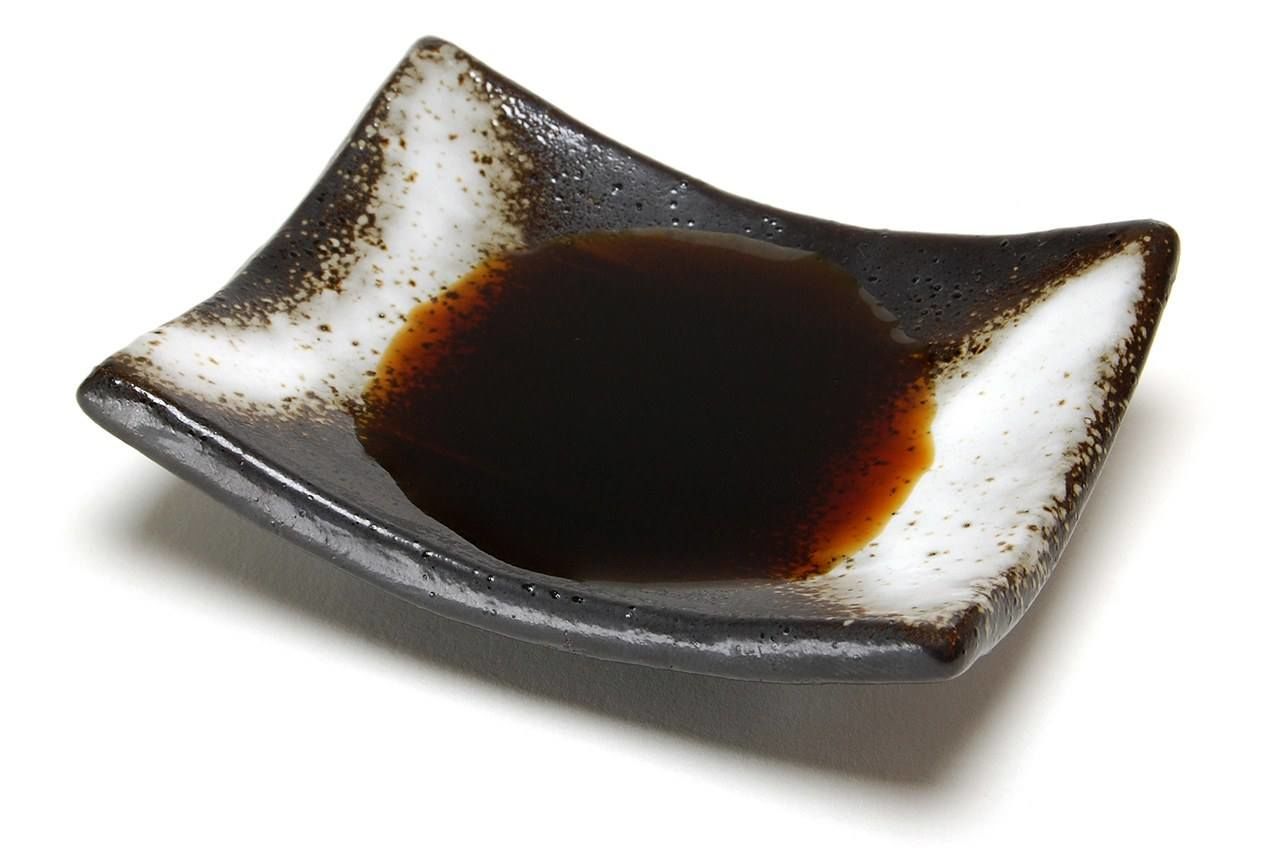
Otesho, a small dish to hold soy sauce.
Yama
Yama, meaning “hills” or “mountains,” is used in two different ways when talking about sushi.
One meaning is sasa (bamboo grass), which tends to grow at higher elevations and is sometimes used as a piled-up garnish when serving sushi. It can be placed under the sushi or decoratively cut to create a lavish presentation.
The word is also used to signify that the neta (toppings) have all gone, just as there is no seafood in the hills.
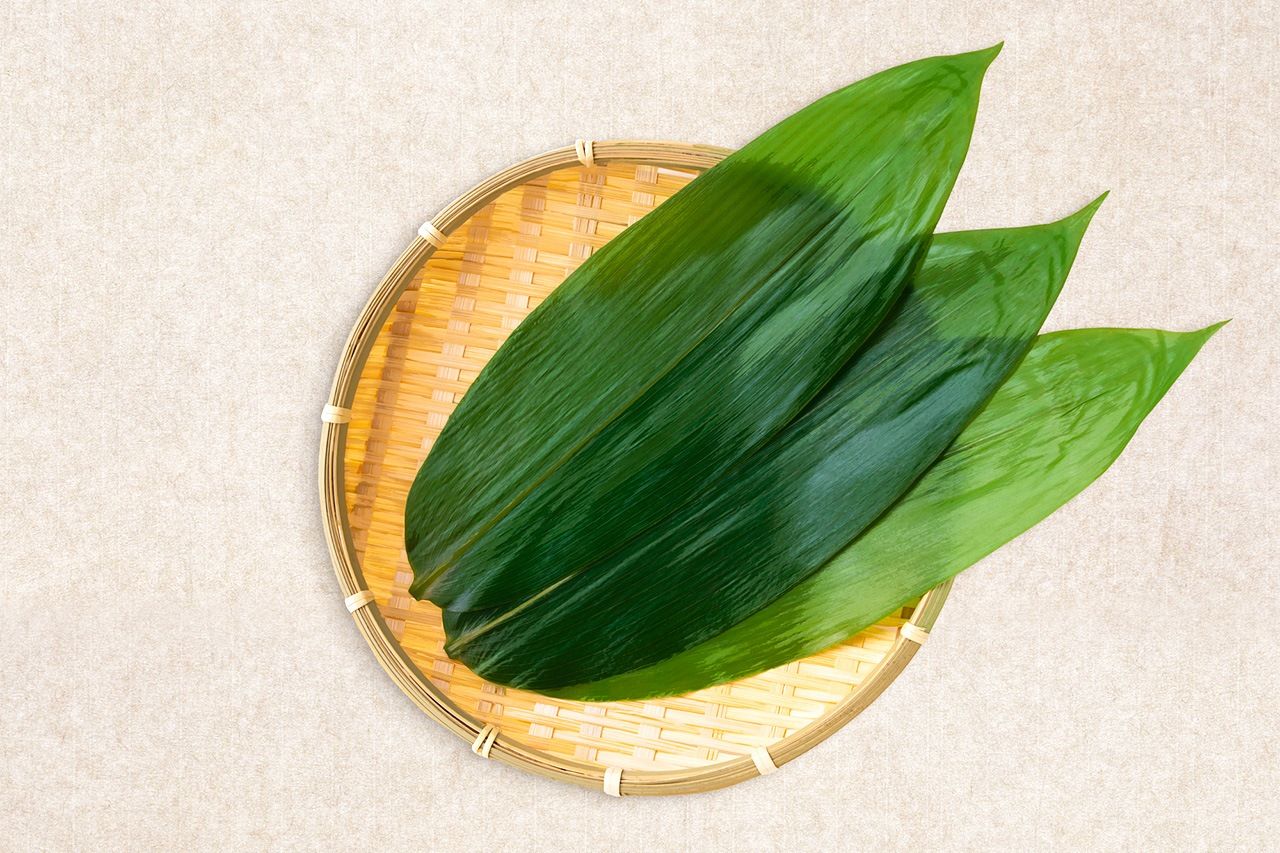
Sasa bamboo grass used for decoration.
Once the meal is over, it is time to pay up and have a final drink of tea.
Oaiso
This is used to ask for the check for the meal. One can also say okaikei or okanjō. Oaiso comes from a phrase originally used by shop owners. At the time of payment, they would say “aiso ga nakute mōshiwake arimasen” to their customers, apologizing for their service not being up to standard. The phrase literally means “I am very sorry for my unfriendliness,” the lack of aiso, in other words.
Agari
Simply, this is ocha or green tea. It originates from a reference to the tea drunk at the end of a meal. In the past, in pleasure quarters and at restaurants in hanamachi (geisha) districts, this tea was called agaribana (literally “the last flower”), which later became shortened to agari. The phrase ocha o hiku (to grind tea) is also a metaphor meaning to have nothing to do, or in the case of geisha and courtesans, to have no customers. In order to avoid suggesting that unlucky wording through the use of the word ocha, they took the honorific phrasing kyaku ga agaru (the customer will rise, or leave), and referred to this tea as agaribana. Agari also holds the meaning of “the last thing,” such as the final square in the board game sugoroku.
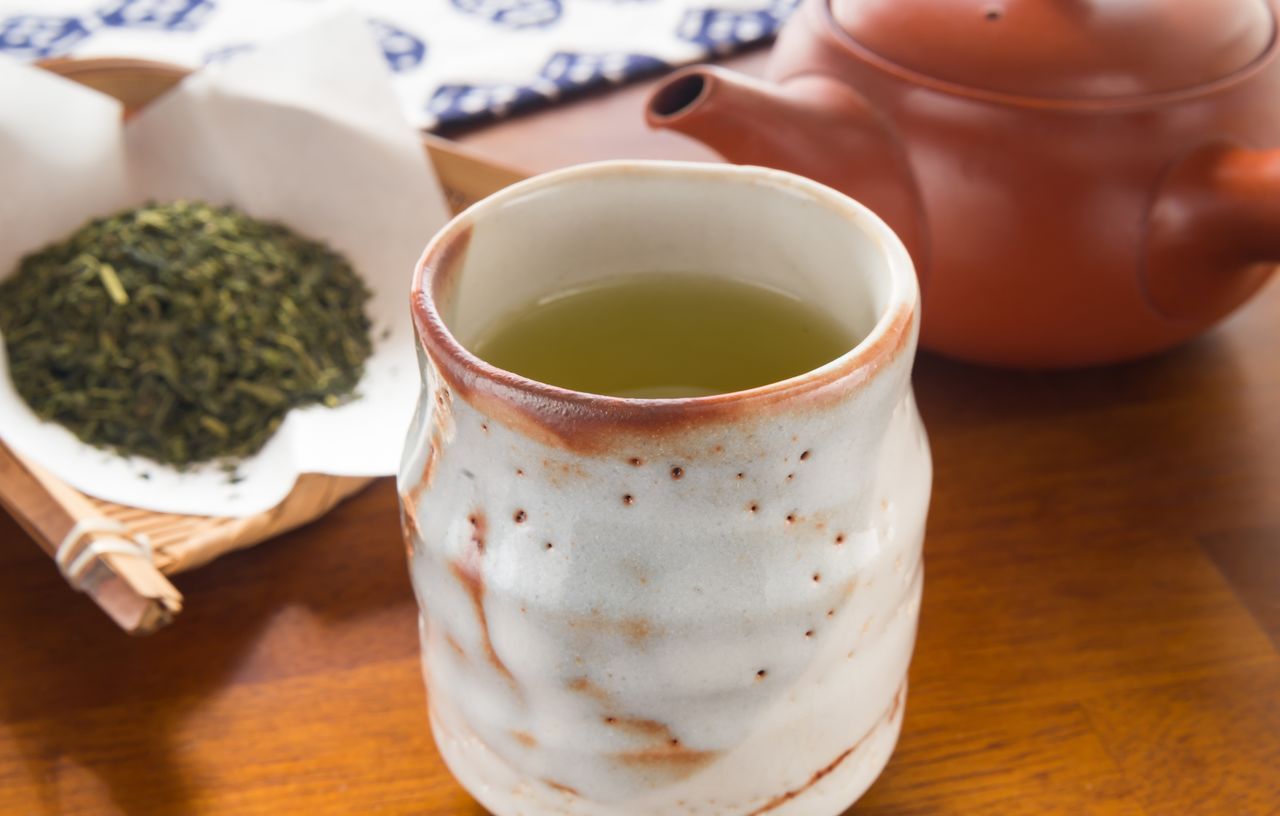
Agari, the last green tea before leaving.
(Translated from Japanese. All photos © Pixta.)
